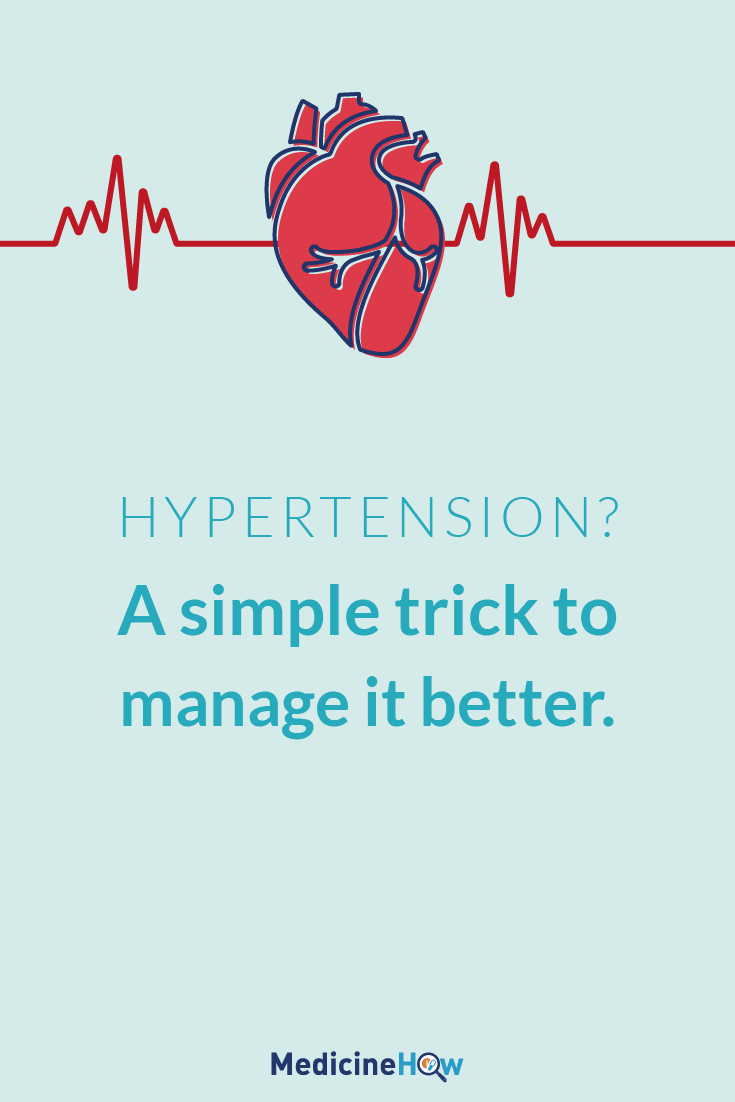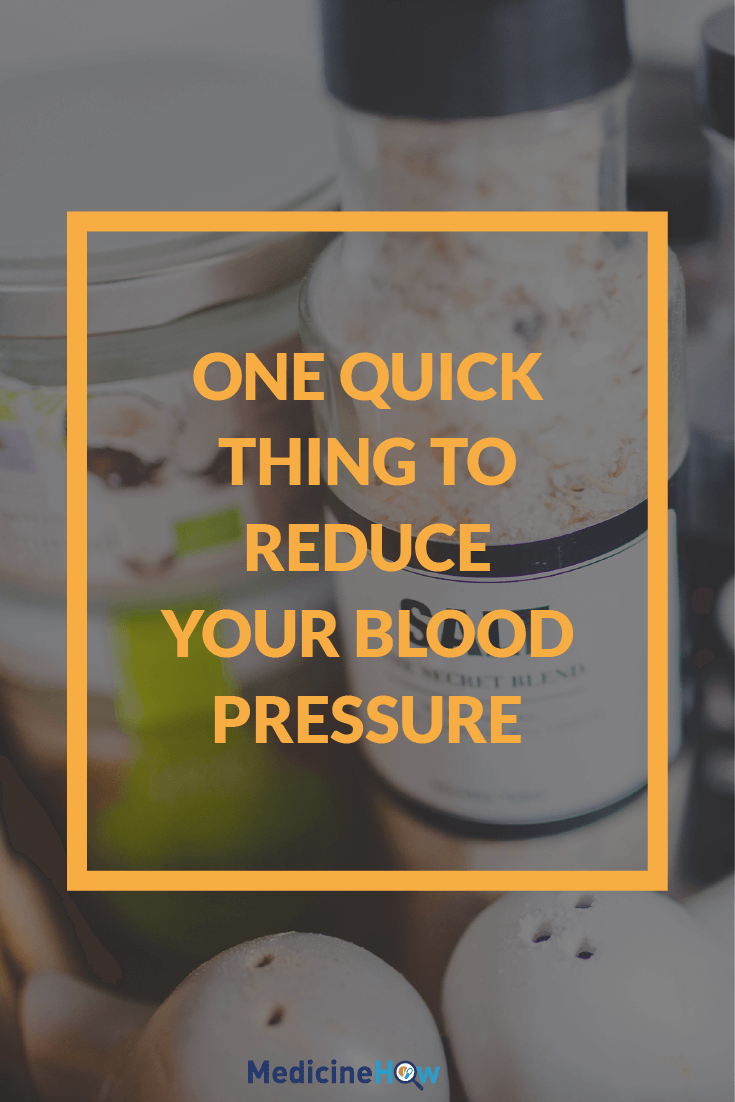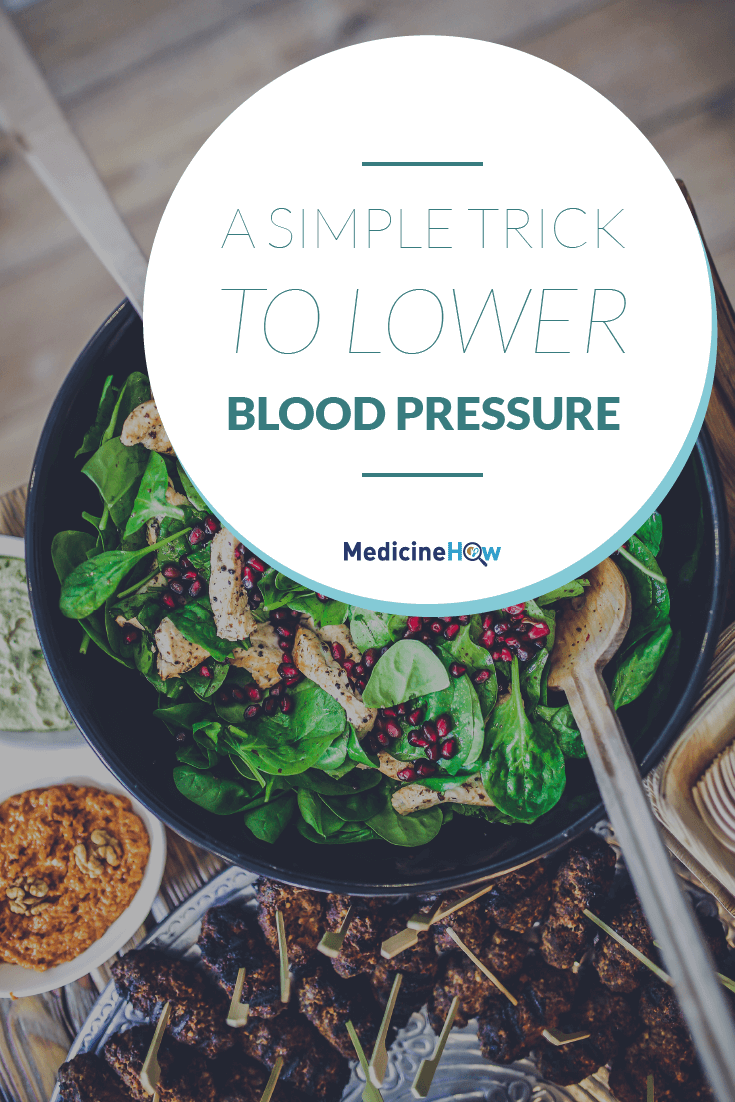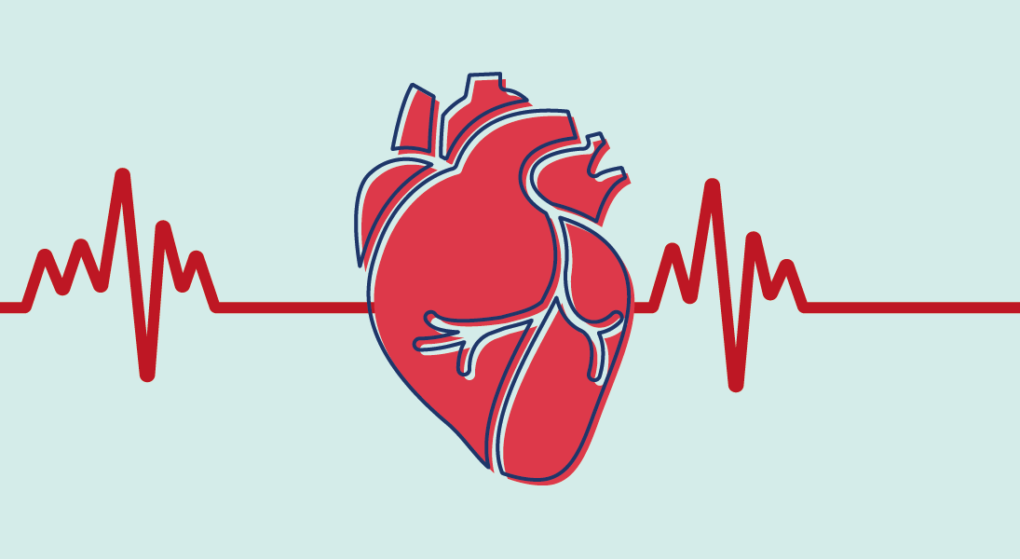
Would you believe me if I told you there was one simple trick that could help to lower your blood pressure?
At first, I’d be a little skeptical. It sounds like a bad gimmick: one simple trick and all your dreams will come true.
But it’s not quite like that.
There’s a whole host of things that can help to manage hypertension, both natural and pharmaceutical, and there actually is a simple trick that is a great start in lowering your blood pressure.
Fortunately, it’s something that doesn’t take much effort to put into action.
Let’s talk about salt.
The Sodium Problem
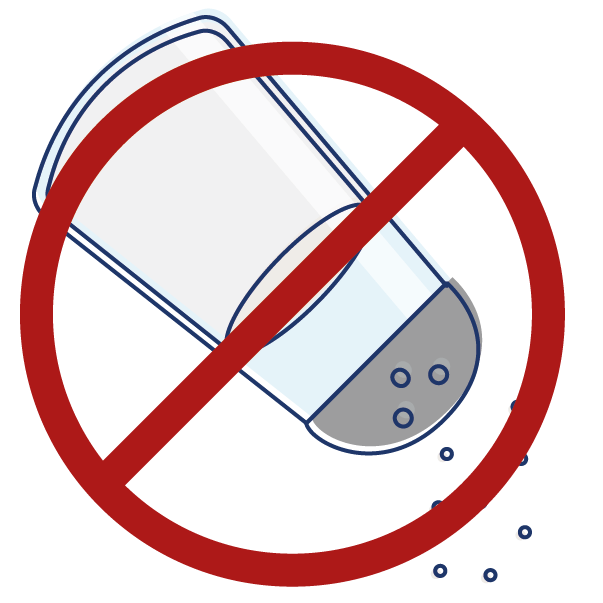 As a general rule, we consume far too much salt – more specifically, the sodium in salt.
As a general rule, we consume far too much salt – more specifically, the sodium in salt.
We need some to function on a daily basis, but the quantity we consume is far more than we need.
Let’s take a quick (I promise!) look at some numbers:
- We need 180 – 500 mg each day.
- Our body can handle 1500 – 2300 mg each day.
- The average person consumes 3400 mg each day. (read here)
The important part to understand?
We need some sodium but the most people are getting far too much – nearly double what our body is able to handle in a healthy way.
This becomes a real problem because sodium levels have an impact on our blood pressure. I’ve written more about this here, but the main concept is that when we consume more salt, we get thirsty and drink water and the volume of our blood increases. If there’s a greater volume of blood in the same space, the pressure increases.
It’s not only theory, however. It has been proven time and time again that reducing salt consumption lowers blood pressure. This Cochrane Review brings together the results of 34 trials (over 3000 people in total) to conclude that reducing salt works to decrease blood pressure, in practice as well as theoretically.
What is less clear is the actual effect that it has on our overall health.
Hypertension in itself isn’t exactly bad, it’s just that those with high blood pressure are more likely to have other serious health events, like stroke or heart attack. Another Cochrane Review looked at 11 trials specifically related to reduced salt and actual outcomes – the effect of reducing salt wasn’t proven to be beneficial.
This is the way I look at it:
- We don’t need the amount of sodium we consume
- Extra sodium raises blood pressure; reduced sodium lowers it
- We don’t know for sure if this sodium-induced hypertension leads to worse health outcomes
- Theoretically, higher blood pressure makes the heart and body work harder, increasing risk of cardiovascular events
- It is in our best interest to reduce sodium levels in our diet.
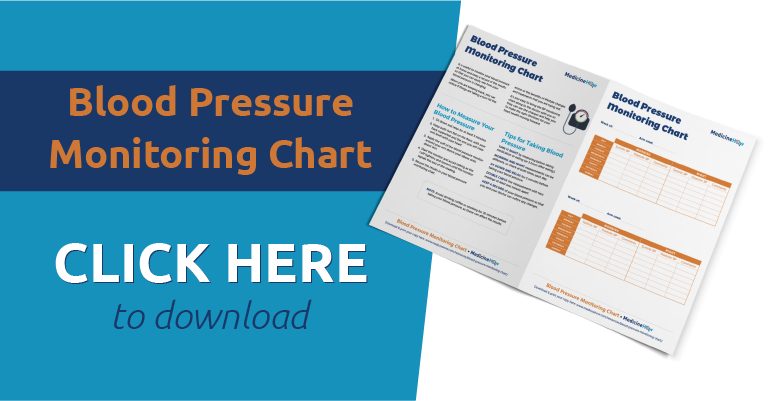
Practical Ways to Reduce Salt in your Diet
Cook at home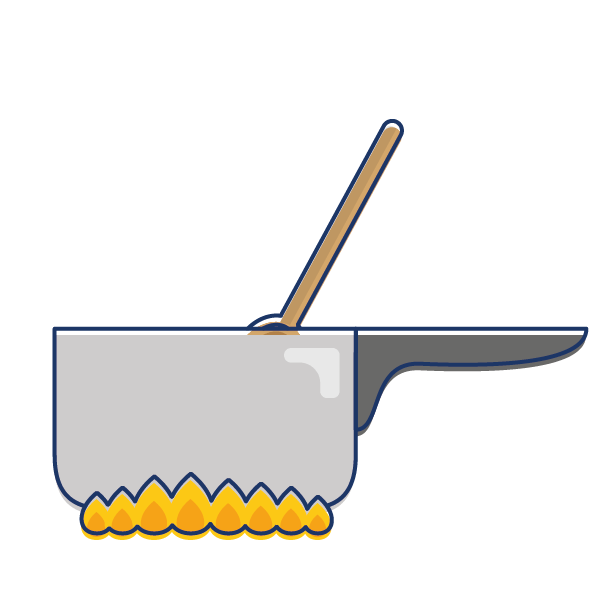
Wherever it is possible, cook your meals at home. There is no other way to know exactly what is going into your food.
I am well aware that this takes time to do, and if you haven’t cooked much before it can be a steep learning curve. But believe me, it is a worthwhile investment of time.
The process of cooking food enriches the meal and the end result will certainly be superior.
Pay attention when food shopping
The majority of sodium that our society consumes comes from processed foods. We live in a ready-made food world and this isn’t the best thing for a healthy diet.
Salt itself is a good preservative and many frozen and ready-made foods have a lot higher sodium levels than you may realize.
Now, I’m not suggesting that you spend hours checking the nutritional labels of the products you buy, but it may be worth to spend a minute or two to reconsider the processed foods you eat on a regular basis and whether you really need them – often there are other options available with lower sodium levels.
Make small changes over time
If you make sudden changes to your diet all at once, it is less likely you will continue for long enough to reap the benefits. This is especially true because salt has a strong, pleasant taste that we become accustomed to – our food feels bland without it at first.
Instead, it is best to gradually reduce the amount of salt you add to your food so that your taste buds learn to feel the flavor of the food rather than the salt.
Replace salt with spices
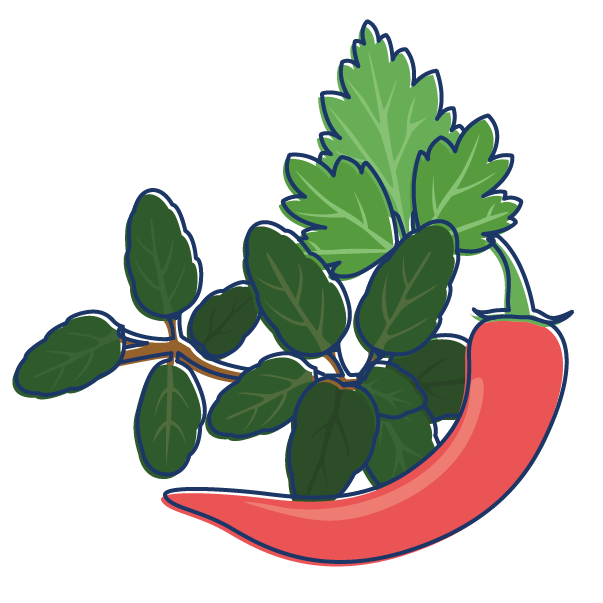 Just because we’re aiming to reduce the salt in our diet does not mean that we are going to eat bland food. To the contrary, it can taste even better – we just need to know how to use flavorsome spices.
Just because we’re aiming to reduce the salt in our diet does not mean that we are going to eat bland food. To the contrary, it can taste even better – we just need to know how to use flavorsome spices.
Chilli, garlic, ginger and shallots are a great start to making food taste good with less salt. As you begin to cook with these, you will likely notice that you don’t actually need to use as much salt.
You can also use tangy flavors, like vinegar or lemon juice. Alternatively, herbs like basil, coriander, thyme and chives can add an extra dimension to the food.
It’s Not the Only Trick to Lower Blood Pressure!
Reducing the salt in your diet is a step in the right direction towards managing hypertension, but it certainly isn’t the only thing you should be doing.
It takes many little lifestyle changes – from what we eat and drink to what we do on a daily basis – that we can work towards slowly.
That said, reducing the amount of sodium in our diet is likely to have a positive effect on blood pressure so it is a great place to start.

Have you tried lowering you intake of sodium in an attempt to help manage hypertension? Do you think it is beneficial? Let me know in the comments!
Pin it!
